All aboard…
This will be my last post on my trip to Laos. It’s also fitting that this post is about the Mekong River. This mighty river is the lifeline of Laos, contributing to it’s agriculture, hydropower, travel and trade. Starting in the Tibetan plateau and running through 6 countries, the Mekong River empties into the South China Sea covering a distance of 4,350 km.
In the Laotian language, Mekong translates to Mother of Waters. This name is apt, as the country depends heavily on the Mekong for most of it’s resources. The Mekong starts high up in the Tibetan plateau as the Lancang River. It flows through Yunnan province until it comes to the intersection of the China, Myanmar and Laos borders. It then flows southwest forming the border between Myanmar and Laos until it comes to the intersection of the Myanmar, Thailand and Laos borders, also notoriously known as the Golden Triangle. It then flows southeast forming the border between Thailand and Laos, and past Huay Xai, where this story begins…
For thousands of years, the Mekong has been the main route for traders travelling from China to the kingdoms of Indochina. Taking the slow boat cruise from Huay Xai to Luang Prabang relives how people have been sailing the treacherous waters of this river from ancient times until now.
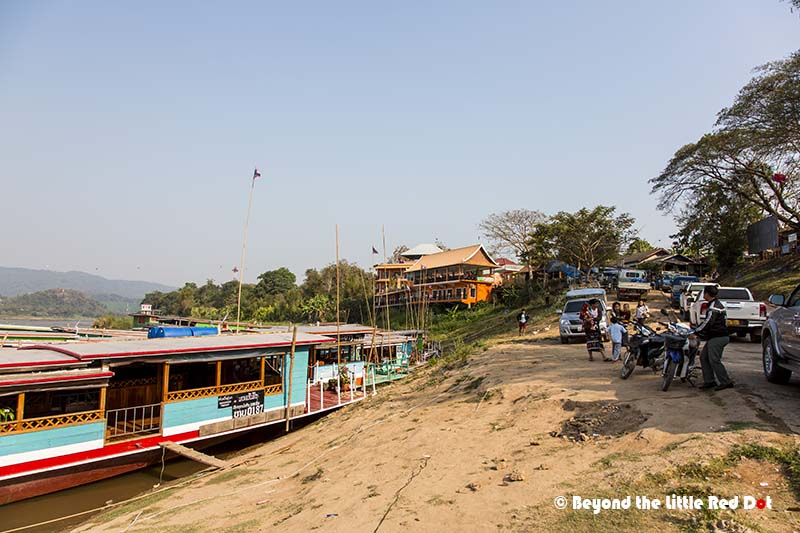

Onboard
Very soon, the other passengers boarded the boat and we set off for the more than 300 km journey down river towards Luang Prabang, the ancient capital of Laos. Although the boat can take up to 40 passengers, we set off with only 17 of us onboard. So there was plenty of space for us to choose our favorite spots.
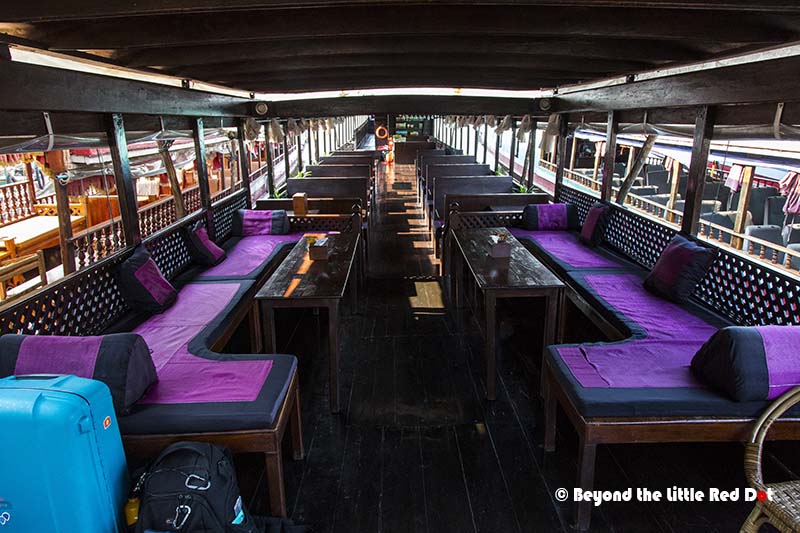

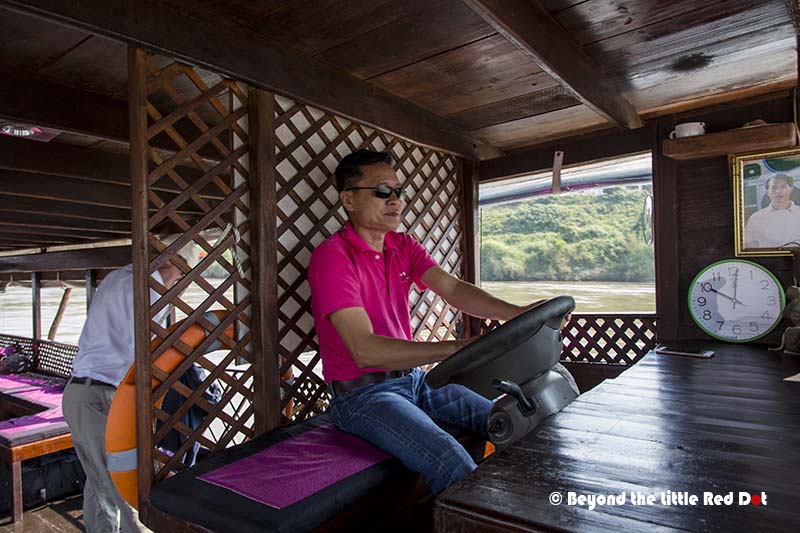

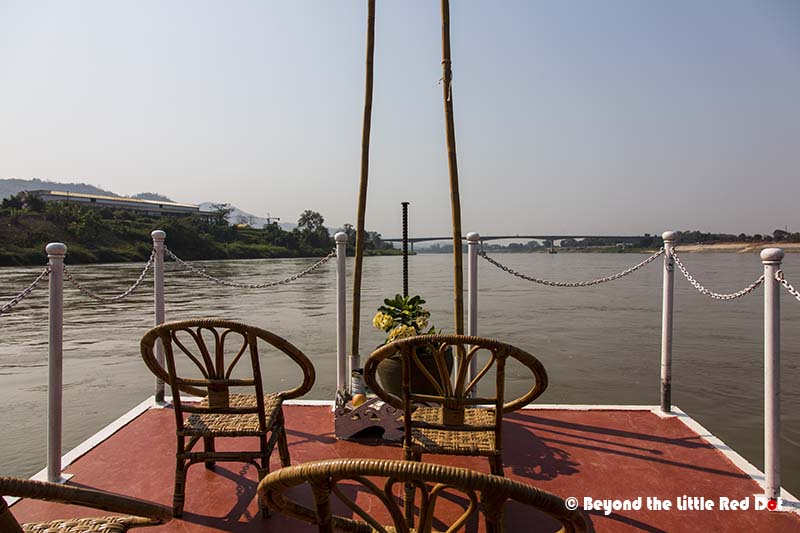


The slow boat cruise is really a relaxing way to journey after all the excitement from ziplining during the Gibbon Experience, and the uncomfortable bus ride from Luang Prabang. The Mekong River in the mountains of Laos is characterized by fast flowing waters and many scattered rocks and rapids. Our cruise guide was telling us that a boat captain here needs 6 years of piloting to have enough experience to navigate the river. Between the dry and raining seasons, the water level in the river rises and falls by more than 10m. So the river conditions change throughout the year, and a boat captain has to know where the rocks are to avoid hitting them.
While our boat captain worried about how to safely guide the boat through the river, we went about relaxing, having tea and watching the countryside pass by. I guess this is the kind of vacation everyone dreams about.
River Scenery

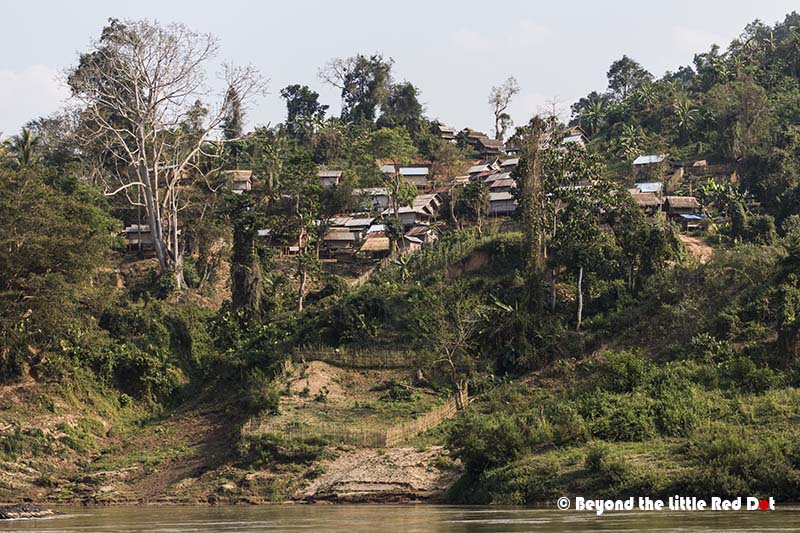



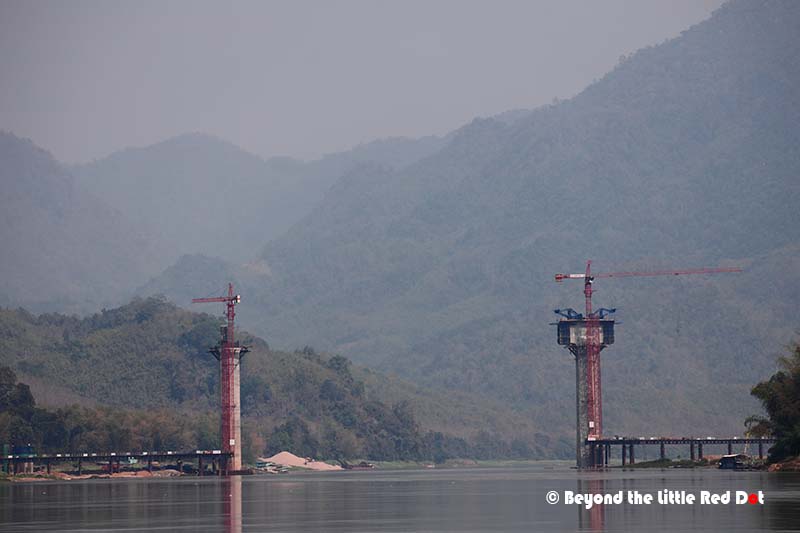
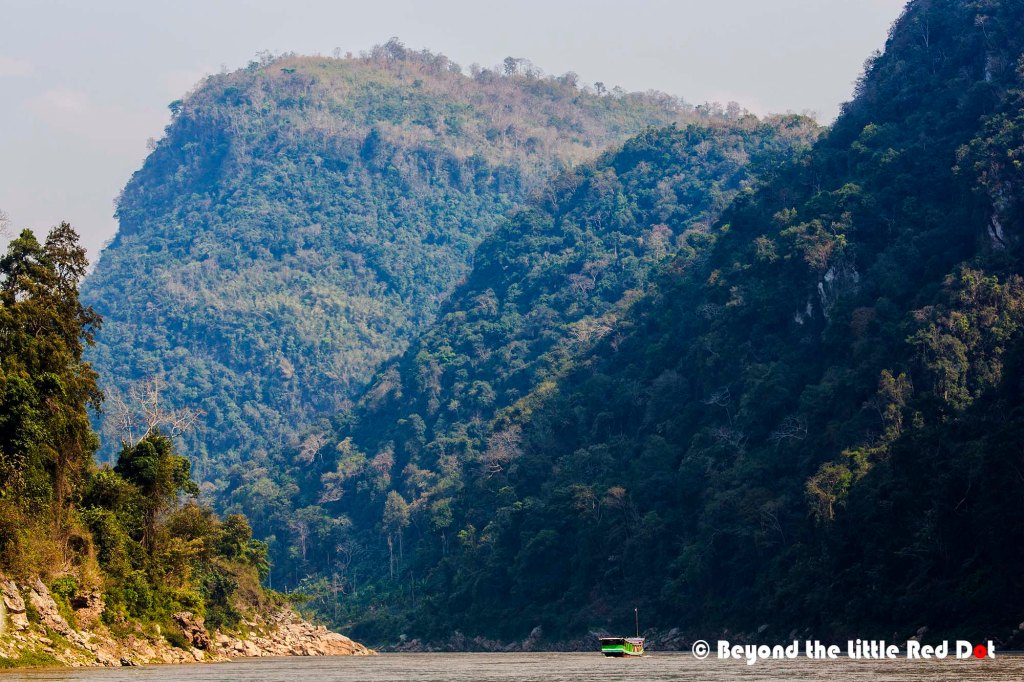
Pakbeng
The slow boat takes 2 days and a night to travel to Luang Prabang. It doesn’t matter if it’s the public or private slow boats, all of them will stop at Pakbeng for the night. Pakbeng is situated midway between Huay Xai and Luang Prabang, and serves as a convenient rest stop for travellers. Most people will spend only a night here and continue their journey again the next morning.
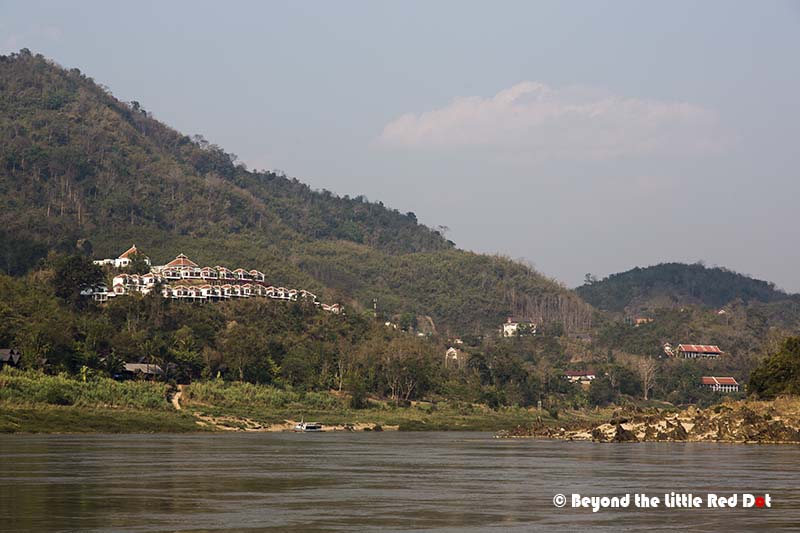
Your stay in Pakbeng is not included in the slow boat ticket, and it’s up to you what type of lodgings you would like to stay at. For the private boat, they can help you book the lodging, but I found that I got better prices booking the hotel online myself. I decided to book one of the better hotels in Pakbeng. I do consider it expensive just to stay for a night, but after reading reviews of the cheaper hostels I think I made the right choice to splurge on what was to be my last couple of nights in Laos.





If you can, book a hotel that is on the banks of the river, and facing the opposite bank. There are only 2-3 such hotels and they charge a premium for it. Because, every morning at around 7.00am, the elephants from the Mekong Elephant Park will come down to the river bank for their morning exercise together with their trainers.
Some tourist do stay a day to visit the elephant camp. If you want to do that, you have to negotiate with the slow boat captains on cutting down your fare, since they will be going on the second part of the journey short of passengers.



Map of Pakbeng
Land Tours
Besides just lazing around on the boat and stuffing our mouths with food, there are several stops along the way where we were able to gain more insight into the villages along the river and visit some tourist attractions. This is one of the advantages of the private cruises. The public boats don’t stop unless there are locals getting on or off at some village, and even then you can’t get off since the boat isn’t going to hang around waiting for you.
Most of the private cruise companies will have some form of social tourism where they support one of the river villages and tourists like us can donate clothes or stationary supplies to the local school.
Hmong Village
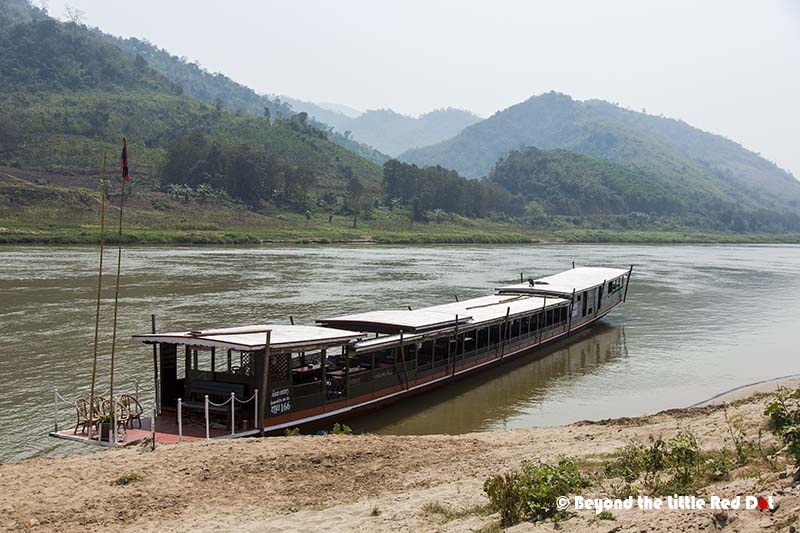

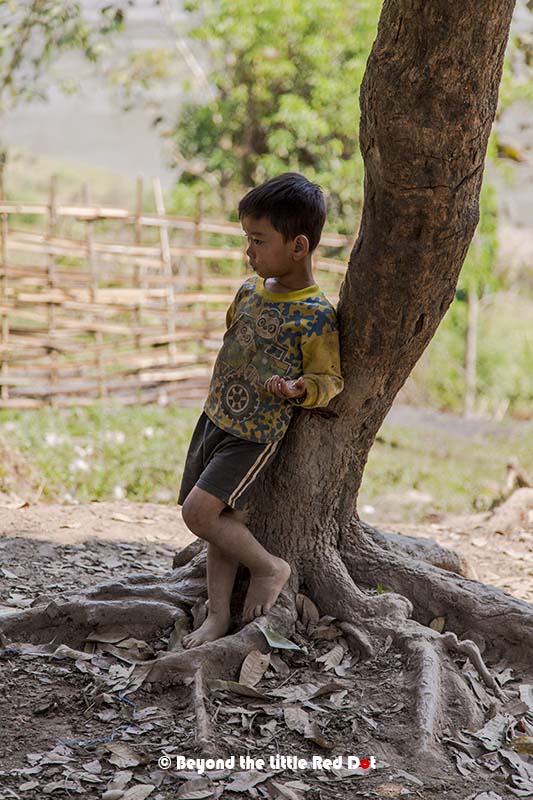

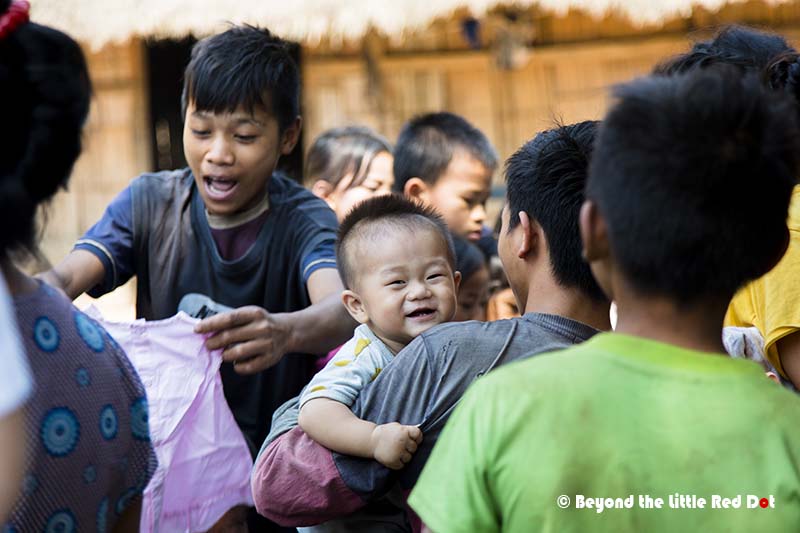

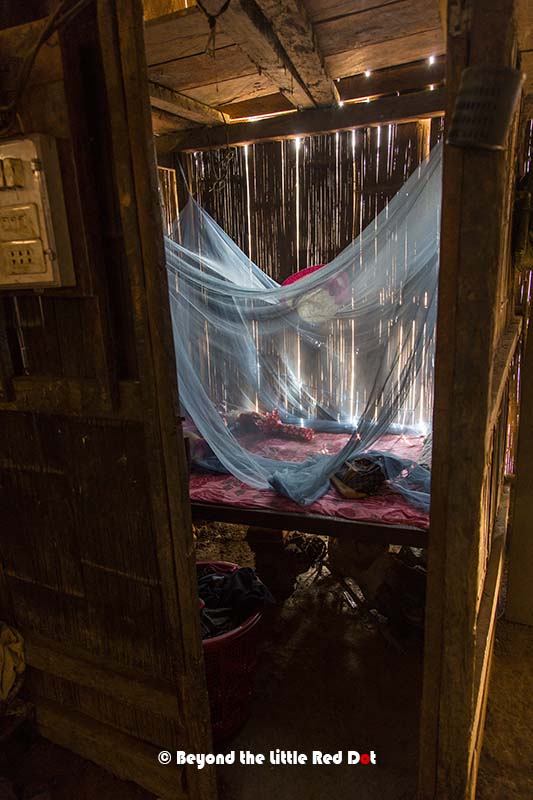
Lao Lao Village
This village was our last stop just before reaching Luang Prabang, and was really prosperous compared to the first village that we visited. It looked more like a small town with concrete buildings and a nice temple. Their claim to fame is their specialty of brewing the local rice wine, which is called Lao Lao, or Laos whiskey.
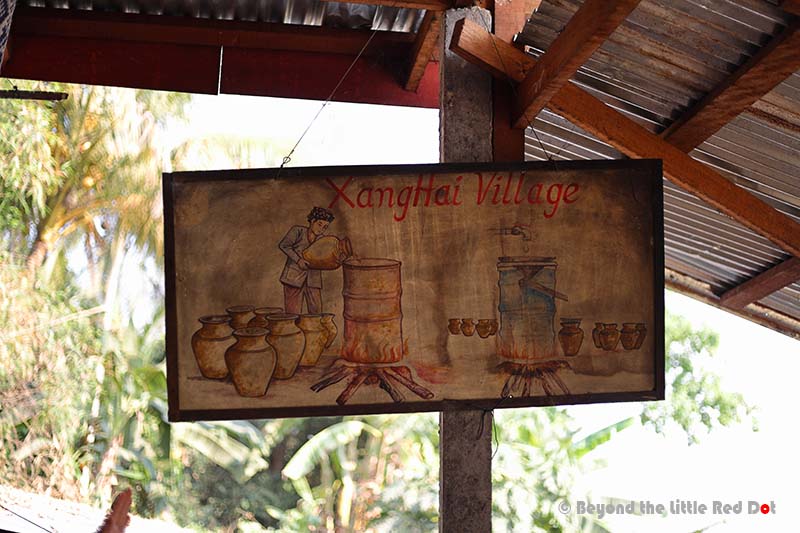
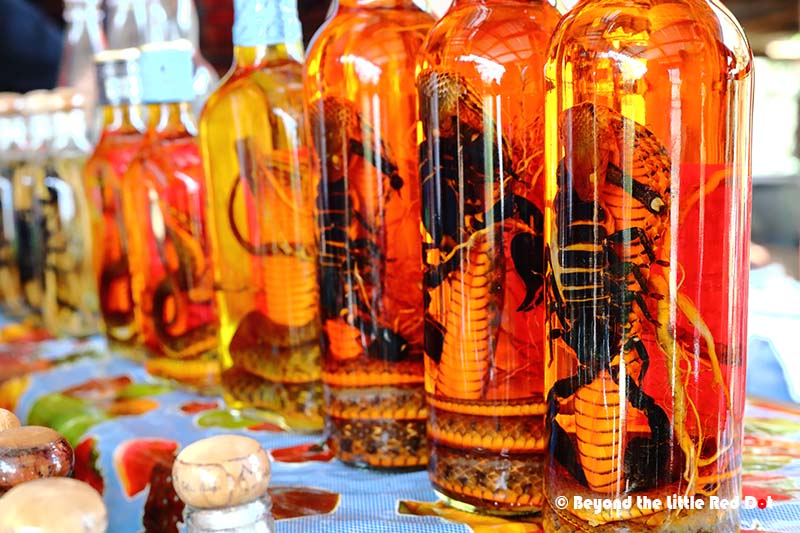

Pak Ou Cave
Pak Ou Cave is located not far from Luang Prabang and it can actually be visited from Luang Prabang itself in a day tour.









After the visit to the Pak Ou Cave and Lao Lao village, we proceeded to Luang Prabang and arrived just before 5.00pm. For the public slow boats and some of the private boats, they have to stop at the slow boat jetty which is located around 10 km outside Luang Prabang and take a tuk tuk into town. The private boats will usually arrange a pickup service as part of their package. Lucky for me, the company that I booked with is allowed to dock their boat in Luang Prabang itself, which does save a lot of travel time.
Luang Prabang is the ancient capital of the Kingdom of Laos, and do read my previous post on what to do and see here.
My journey on the Mekong ends here. But the Mekong River continues southwards from Luang Prabang, meeting again with the border of Thailand. It then forms the border between Thailand and Laos, flowing past Vientiane, capital of Laos, until it enters Cambodia. In Cambodia, the Mekong forms part of the unique ecology of Tonle Sap Lake. It then flows past Phnom Penh into Vietnam, south of Ho Chi Minh City, where it’s enormous Mekong Delta empties out into the South China Sea.
Booking Your Slow Boat Cruise
There are several companies running the private slow boat cruises in both directions; upriver from Luang Prabang to Huay Xai, or downriver from Huay Xai to Luang Prabang. I think most of them offer about the same level of service, so the choice of cruise company really depends on your preferences and budget.
Some of them may not operate everyday during the low season and won’t guarantee departure until they get enough passengers to fill the boat. Based on online reviews, these cruise companies can sail with 6 passengers onboard, even though the boat can take up to 40 passengers. If there are too few passengers, the cruise company may ask you to top up a supplement to guarantee departure.
The price is not exactly economical, but I do find that it’s value for what I get. I paid USD 155 for my cruise from Huay Xai to Luang Prabang. Most of the cruise companies are charging in the same range and prices do change depending on whether it’s upstream or downstream, high or low season. This price doesn’t include your 1 night stay in Pakbeng, so you do have to factor that cost into your budget. But you can always stay in a cheap hostel in Pakbeng so that you can budget more for the cruise.
I booked my ticket online. Most of them have an office in Luang Prabang where you can book your tickets if you don’t feel safe buying online. Some of them also offer last minute discounts if you go to their office to book a cruise for the next day, if they are trying to fill up their seats.
Listed below are some of the more popular cruise companies recommended by travelers on TripAdvsior:
Luangsay. For the ultimate in luxury Mekong cruises, this is the only choice. Prices range from USD 350 to USD 650 per person depending on season and direction. But for this price, it includes the one night stay at their luxury lodge in Pakbeng and all meals.
Shompoo. One of the mid range priced cruise companies. I decided to choose them based on their responsiveness and availability of travel dates. Prices range from USD 130 to USD 155. This includes 2 lunches, pickup from and to your hotel at both Huay Xai and Luang Prabang.
Mekong Smile. This was my initial choice as their prices are slightly cheaper at around USD125. But they were not able to confirm my cruise date due to lack of passengers.
What a great experience along this mighty river Edwin. Love to check this out one day 🙂
Yes, cruising the Mekong is a highlight for many traveller coming here.
What an exotic adventure you had! Never did I realise the allure of a river route until reading your post. Lovely pictures and hope I can travel like that one day.
Yes, it was really something special.
That river cruise you took sounds like a really special experience. I love how, from your description, everything seemed to slow down in this part of the Mekong, a feeling that reminds me of my short stay in Luang Prabang. It was calm and peaceful, such a rarity in a fast-paced world we live in today.
Yup. You really feel like you are passing each day so leisurely and without any worries. I guess that’s why some of the people who travel here never leave and decide to stay.
Must have been a stellar experience. I did a day trip of the Mekong River in HCMC. I was a fantastic experience.
I have done a short river cruise in HCMC before, but the Mekong in Laos is totally different. It’s so turbulent with rapids in some places compared to the slow and serene portion in HCMC.
Nice pics of the river, sunrise, elephants and girl with the $s. Must have made a good sale to earn $3! Definitely more adventurous than the Rhine river boat trips.